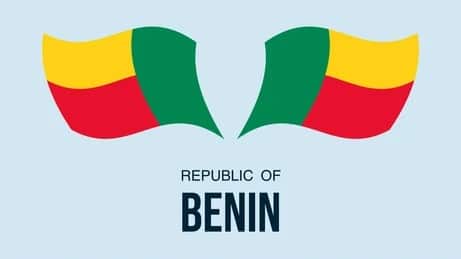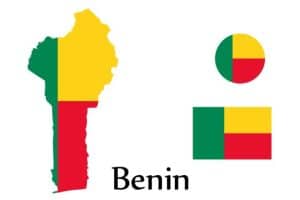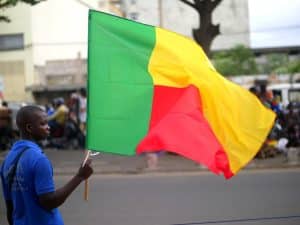Headlines
Benin Republic: A Historical Overview of Its Origins and Development.

The history of Benin Republic is complex and diverse. It involves the interactions of different ethnic groups, kingdoms, colonial powers, and political movements. Here are some key points and references: The territory of Benin Republic was inhabited by various peoples, such as the Edo, Yoruba, Fon, Bariba, and others, who had their own cultures and languages.
See population, official language and more…

Benin Republic

Benin Republic
The Kingdom of Benin (not to be confused with the modern country) was one of the most powerful and influential states in West Africa from the 13th to the 19th century. It was founded by the Edo people in the 900s and expanded its territory through conquest and trade.
The Portuguese were the first Europeans to explore the coast of Benin in 1472 and began trading with the local kingdoms, especially for slaves and gold.
In the late 19th century, France invaded and colonized the region, creating the colony of Dahomey, which included parts of modern Benin, Togo, and Burkina Faso.
In 1960, Dahomey gained its independence from France and became a republic. However, the country faced political instability, coups, and civil wars for the next decade.
In 1975, a Marxist-Leninist regime led by Mathieu Kérékou renamed the country as the People’s Republic of Benin and aligned it with the Soviet Union.
In 1990, after a wave of protests and strikes, Kérékou agreed to hold multiparty elections and adopt a new constitution. The country became a democracy and reverted to its original name of Benin Republic.
The Kingdom of Dahomey was founded in the 17th century by King Agaja, who conquered Allada and other neighboring states. Dahomey was known for its military prowess, its slave trade, and its female warriors called Amazons.
The French began to interfere in the affairs of Dahomey in the 19th century, supporting rival kingdoms and imposing treaties. In 1892, France launched a war against Dahomey and defeated King Behanzin, who was exiled to Martinique.
The colony of Dahomey was administered by a governor under the authority of the governor-general of French West Africa. The French exploited the natural resources of the colony, such as palm oil, cotton, and rubber, and imposed taxes and forced labor on the population.
The nationalist movement in Dahomey emerged in the 1940s and 1950s, led by figures such as Sourou-Migan Apithy, Hubert Maga, and Justin Ahomadégbé-Tomêtin. They formed political parties and demanded more autonomy and representation from France.
In 1960, Dahomey became an independent republic within the French Community. However, the country faced political instability, coups, and civil wars for the next decade. The main contenders for power were Maga, Ahomadégbé-Tomêtin, and Emile Zinsou.
In 1972, Major Mathieu Kérékou seized power in a coup and established a Marxist-Leninist regime. He nationalized the economy, banned political parties, and aligned the country with the Soviet Union and China. He also changed the name of the country to Benin in 1975.
In 1989, Kérékou faced a severe economic crisis and a wave of protests and strikes. He agreed to hold a national conference in 1990, which resulted in a new constitution that established a multiparty democracy. Kérékou lost the presidential election to Nicéphore Soglo in 1991.
Since then, Benin has been a stable democracy with peaceful transfers of power. Kérékou returned to power in 1996 and served two terms until 2006. He was succeeded by Yayi Boni, who also served two terms until 2016. The current president is Patrice Talon, who was reelected in 2021.





